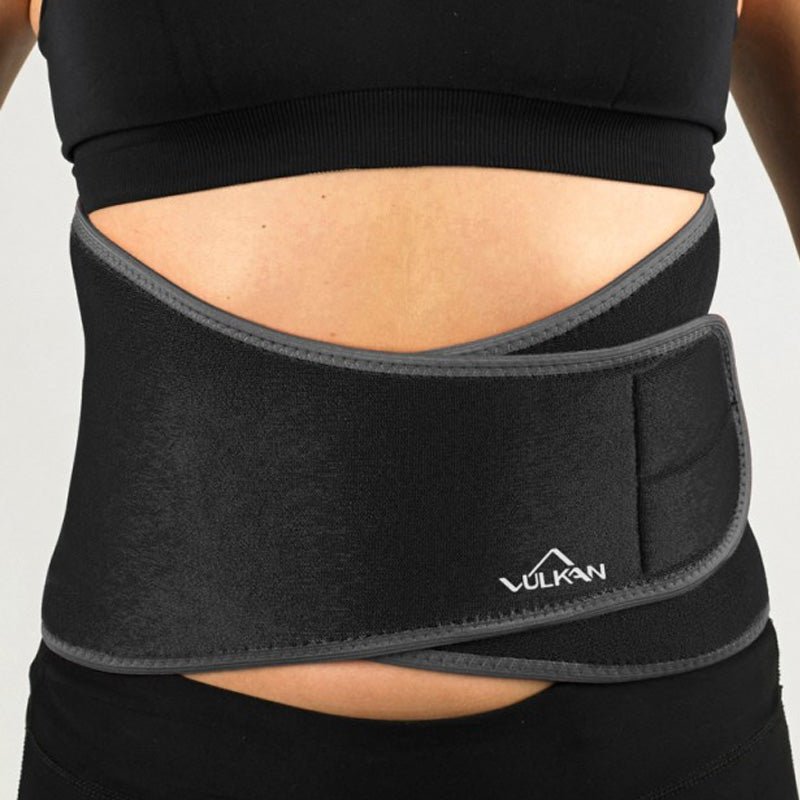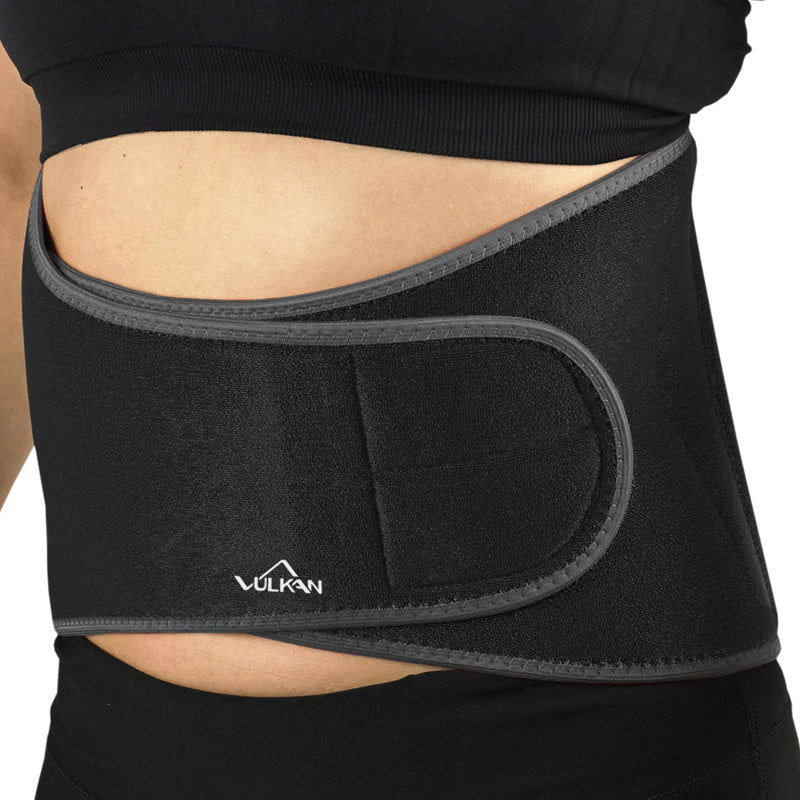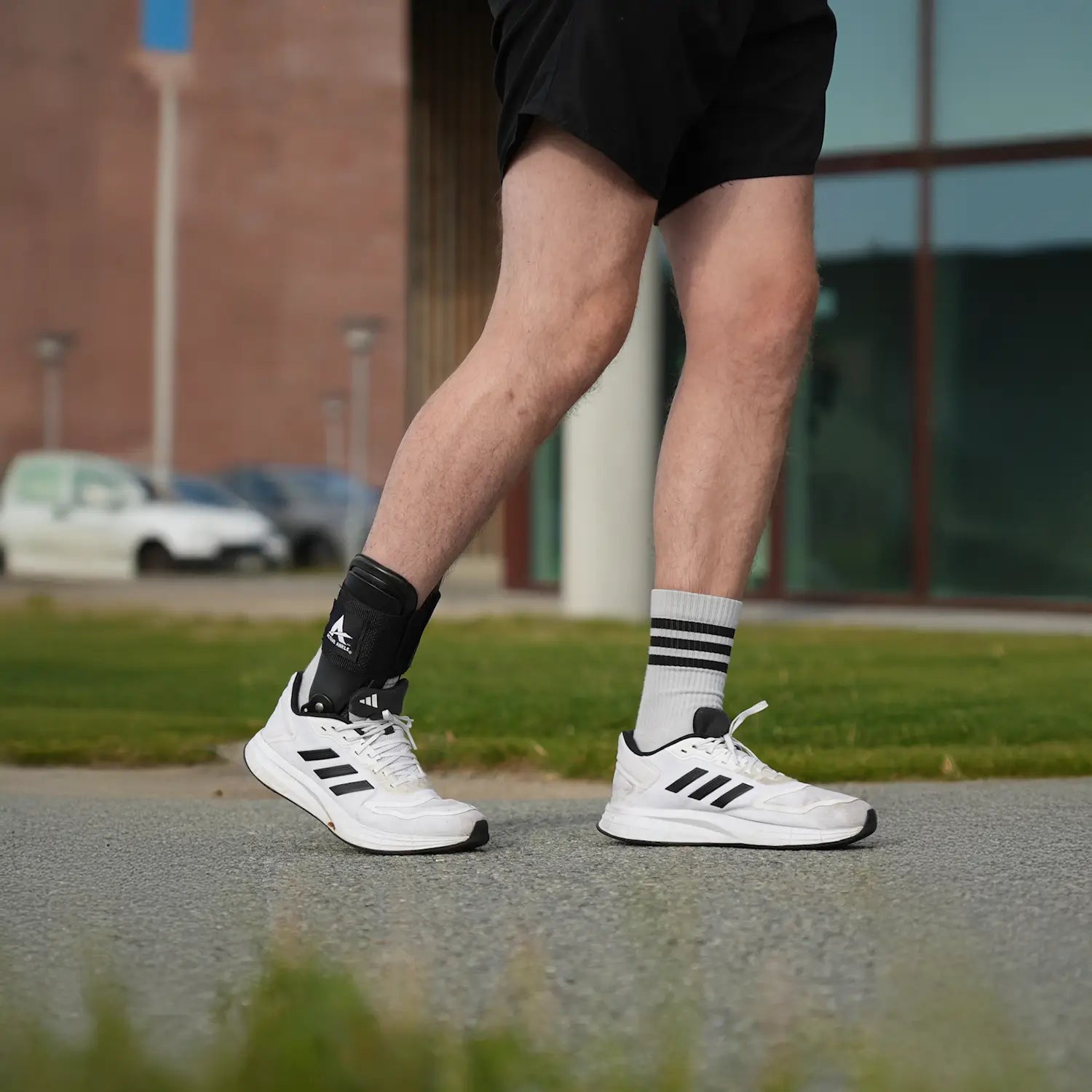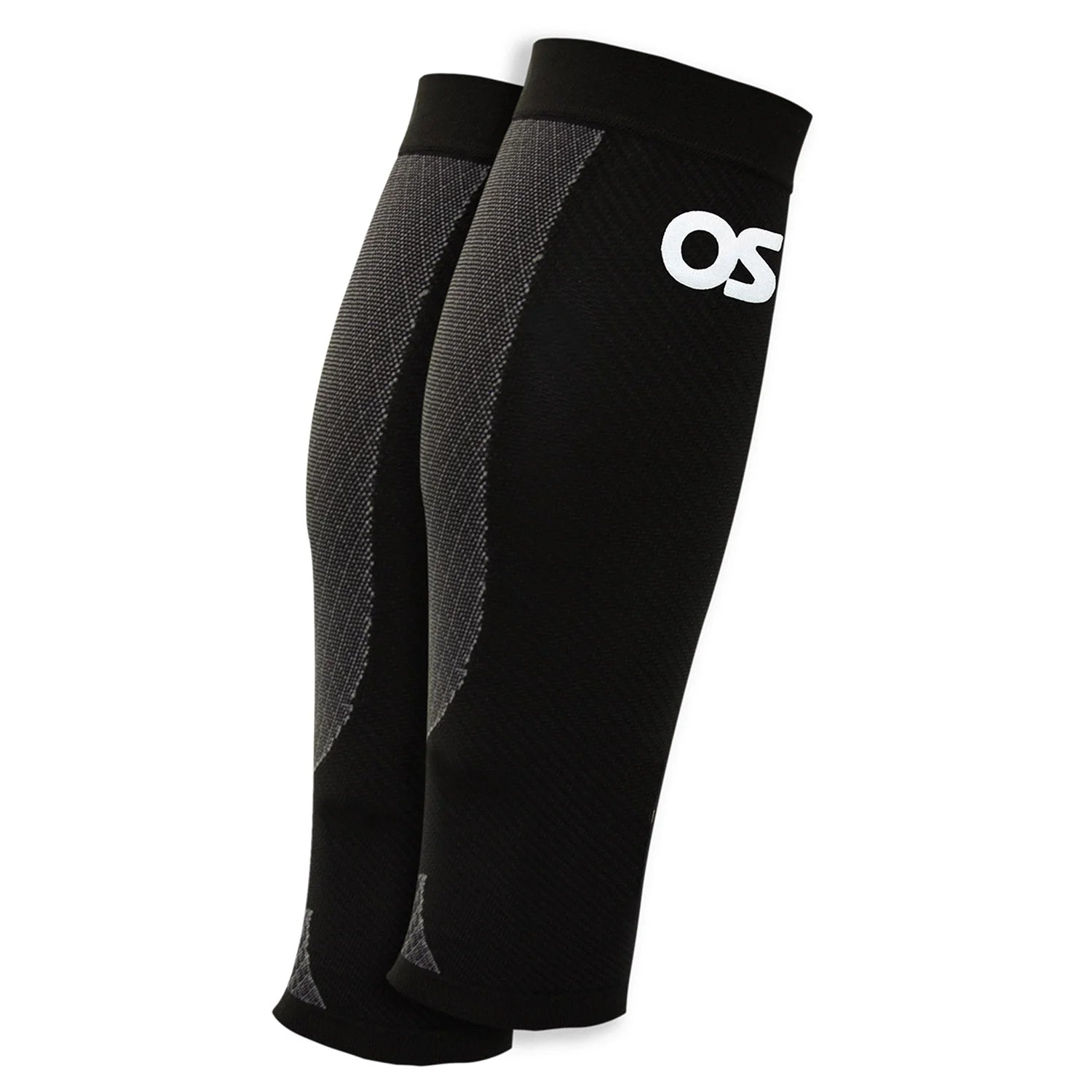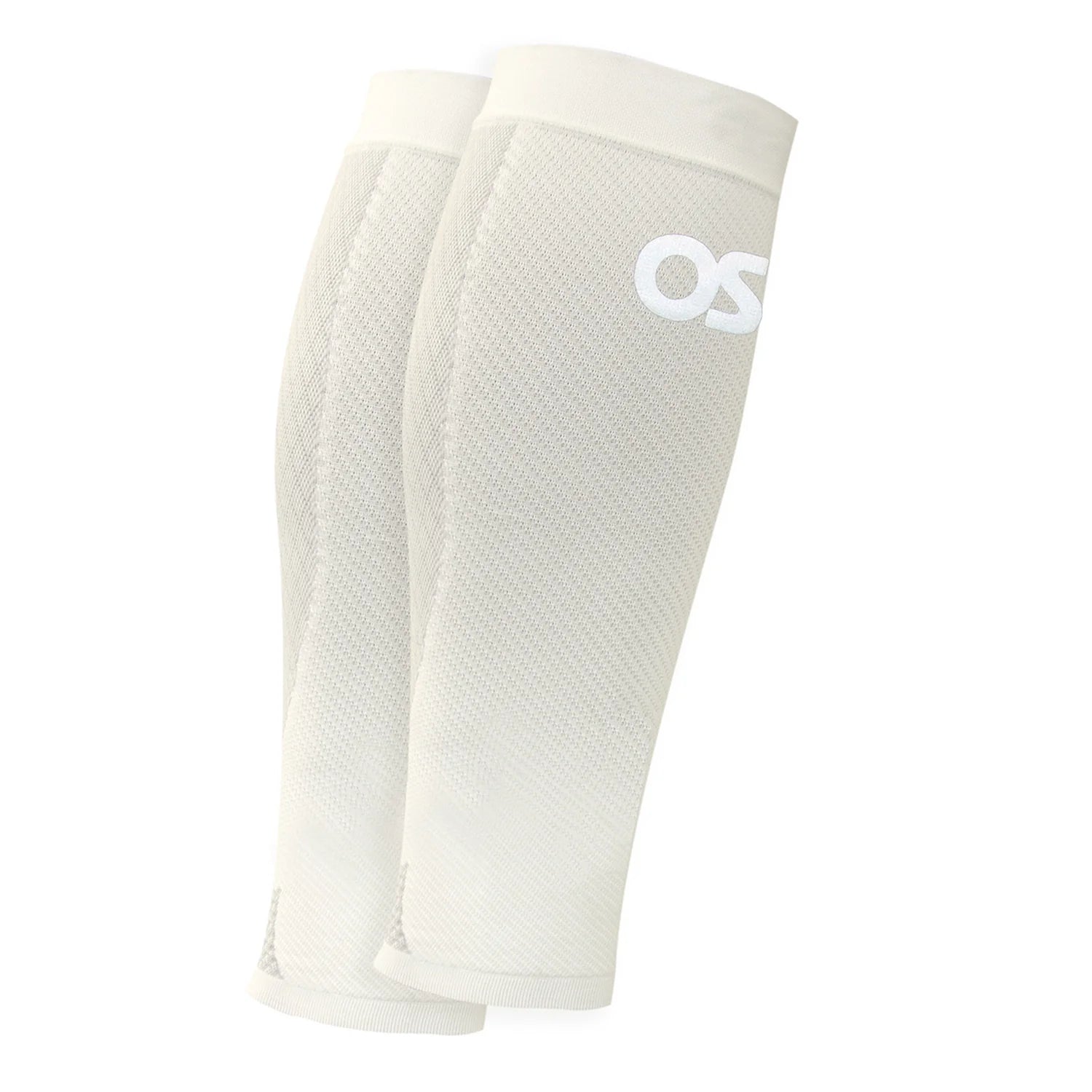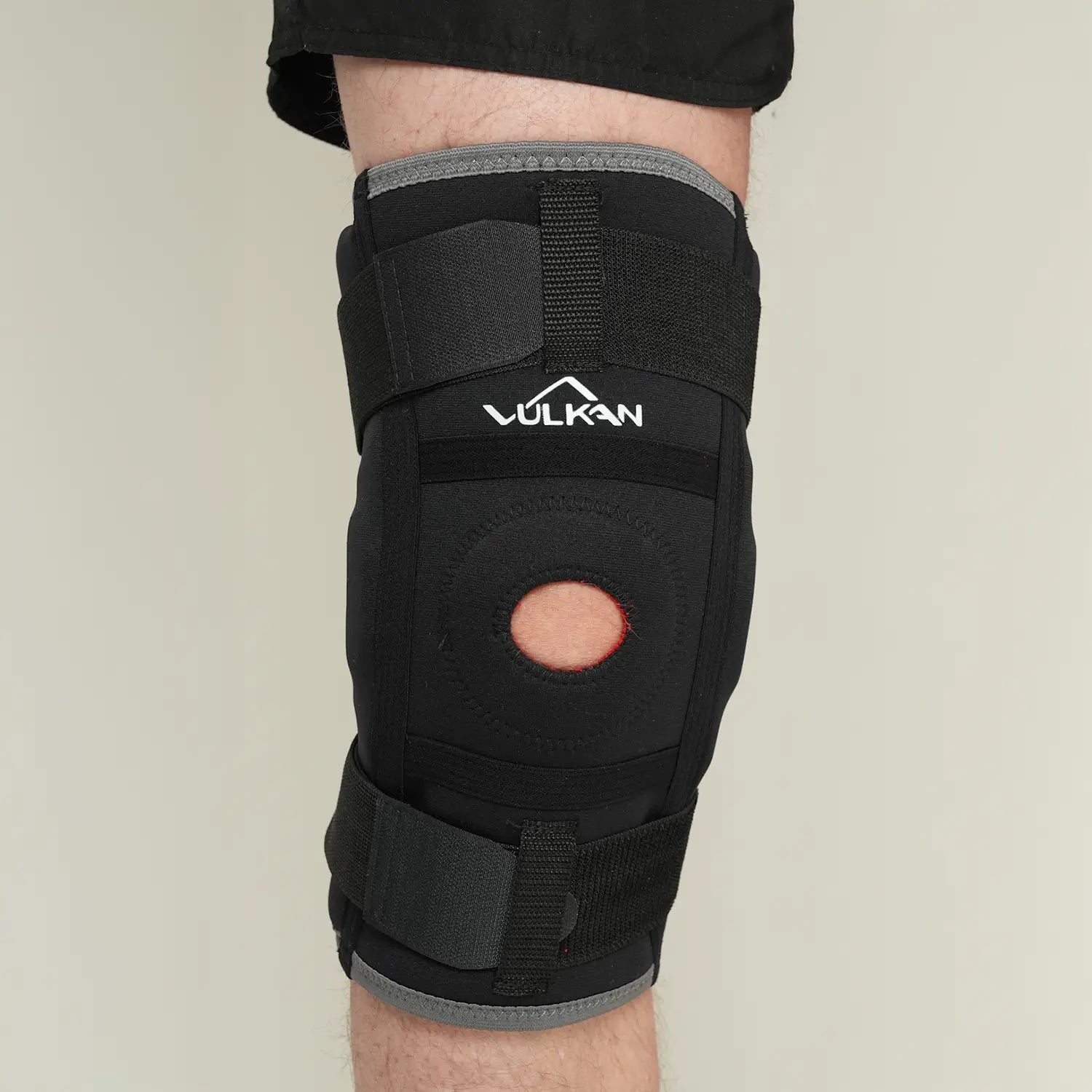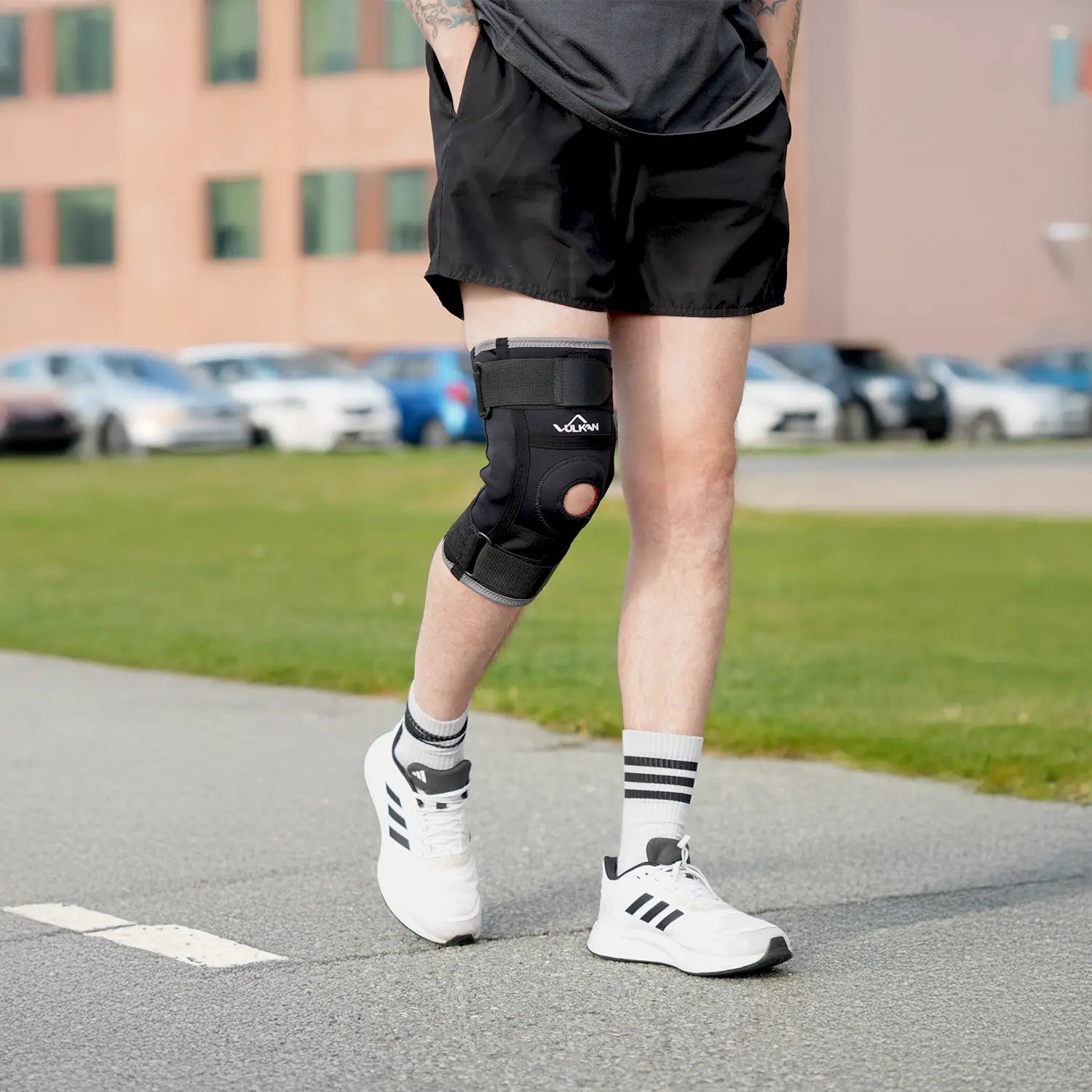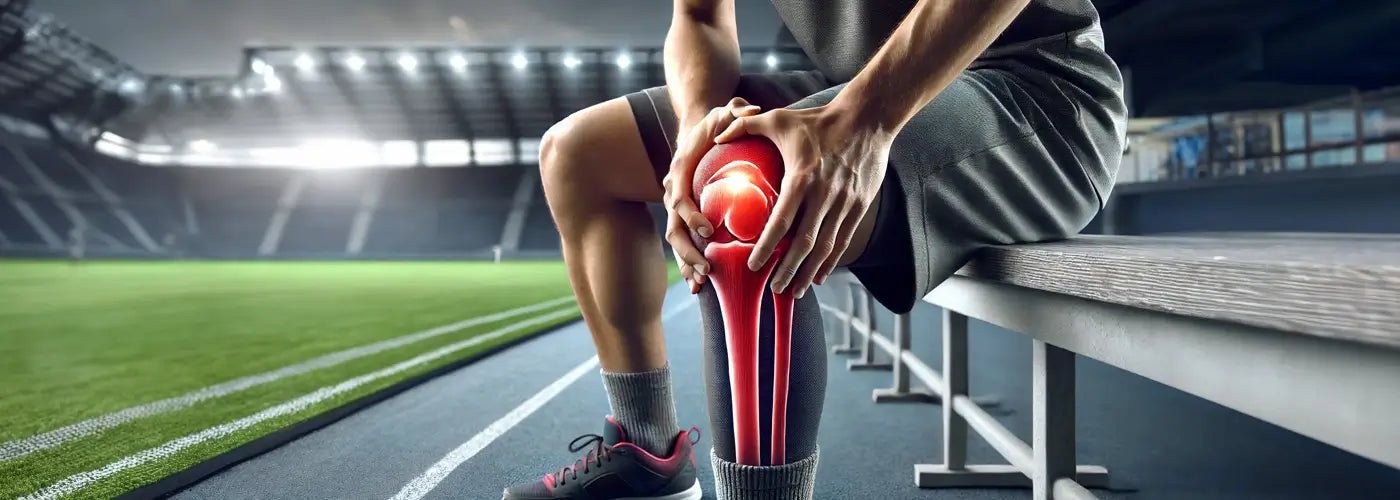
Pain inside the knee
- 1. How to recognize pain on the inside of your knee and what you can do
- 2. Why does it hurt on the inside?
- 3. Symptoms that often occur
- 4. When you should seek medical attention
- 5. The difference between pain on the inside and outside of the knee
- 6. What you can do yourself
- 7. Exercises that can relieve pain on the inside of the knee at home
- 8. Prevention advice
- 9. Our products that can help you
How to recognize pain on the inside of your knee and what you can do
Pain on the inside of the knee is a common problem that can affect both athletes and everyday exercisers. Pain on the inside of the knee is common with twisting, straining and after prolonged periods of sitting still. It is often due to irritation in the structures that lie on the inside of the knee. With proper self-care, clear exercises and supportive products, it is usually possible to return to normal activity step by step.
Why does it hurt on the inside?
The most common cause is irritation or damage to the inner meniscus. Another common cause is the impact on the inner ligament after a lateral force to the knee. Many people also experience problems from the tendon attachment just below the knee, which is usually called the pes anserine. In older people, osteoarthritis in the medial part of the knee can cause long-term pain and stiffness. Overpronation of the foot can also shift the load inward and increase pressure on the inside of the knee.
Symptoms that often occur
The pain is clearly located on the inside of the knee and is felt during straining, twisting and climbing stairs. It can be sharp with certain movements. Stiffness after rest is common. If the meniscus is affected, the knee may feel sluggish to stretch or bend. If there is inflammation near the tendon attachment, a tender point is felt just below the inside of the knee.
- Aching or sharp pain when straining, for example when walking or climbing stairs
- Swelling and tenderness localized to the inside of the knee
- Feeling of instability or the knee “giving way”
- Stiffness and pain after rest or with osteoarthritis
When you should seek medical attention
Seek medical attention if the pain is severe or does not decrease after a couple of weeks. Contact medical attention if there is locking, repeated feelings of instability or a clear cracking pain. In the case of prolonged stiffness and night pain, an examination for osteoarthritis may be helpful. Call 1177 to ask about your symptoms.
The difference between pain on the inside and outside of the knee
The inside is often affected by the inner meniscus, inner ligaments, pes anserine, and stress from overpronation. The outside is more often linked to runner's knee, outer meniscus, and outer ligaments. By understanding the difference, you can choose the right exercises and support product.
What you can do yourself
Temporarily reduce the activity that triggers the pain, but keep it at a gentle level. Walking on flat ground and gentle cycling often work well. Focus on mobility and strength around the hip, thigh and torso for better knee control. A knee brace that relieves the inside can reduce pain and increase confidence in everyday life. If you have a sore spot just below the inside of the knee, gentle pressure and heat can provide relief. For problems related to overpronation , inserts or shoes with support can help move the load away from the inside of the knee.
Exercises that can relieve pain on the inside of the knee at home
Start slowly and gradually increase as the pain decreases.
Sit on a chair with your feet on the floor and tense the front of your thighs for five seconds. Relax and repeat at a leisurely pace. Then do mini squats where you keep your upper body upright and go down a few inches. Focus on keeping your knee pointing straight ahead. Add side steps with slightly bent knees. Move your hips from side to side in a controlled manner and feel the hip and thigh working. Finish with gentle mobility. Sit on the edge of the bed and swing your lower leg back and forth to lubricate the joint.
Prevention advice
Vary your training and avoid sudden increases in volume and intensity. Train your hips and core for better knee alignment in everyday life and training. Choose shoes that fit your foot and change them in time. Use ergonomic inserts if you pronate a lot. Heat after activity can help with stiffness and soreness.
Our products that can help you
We offer knee pads that relieve the inside, elastic bandages that provide compression and support, and inserts that reduce overpronation. For osteoarthritis-related pain, models with targeted relief on the inside of the knee can make it easier to walk for longer periods of time. Explore our recommended products and find a solution that fits your everyday life.
Do knee pads help with pain on the inside?
Yes, a knee brace that supports the inside can reduce pain and make it easier to move in everyday life.
What is the most common cause of pain on the inside of the knee?
It often involves the inner meniscus, inner ligament, or irritation at the pes anserine just below the inside of the knee.
How do I know if it's a meniscus or ligament?
Meniscus often causes twisting pain, stiffness and sometimes locking. Ligaments are more sensitive to lateral force and can give an unstable feeling.
Can the pain go away on its own?
Yes, many people get better with adapted activity, targeted training and relief. The time varies between weeks and months.
What exercises are good to start with?
Light knee control exercises and mobility swings work well. Continue with side steps and controlled mini squats.
What do I do if I overpronate a lot?
Try supportive inserts or shoes. This shifts the load away from the inside of the knee and can reduce pain.
When should I seek medical attention?
Seek medical attention if you experience severe pain, stiffness, instability, or if the symptoms do not improve after a few weeks.
Can osteoarthritis cause pain on the inside?
Yes, osteoarthritis in the medial part of the knee is common in older people and causes stiffness and pain. Relief support and gentle exercise often help.






